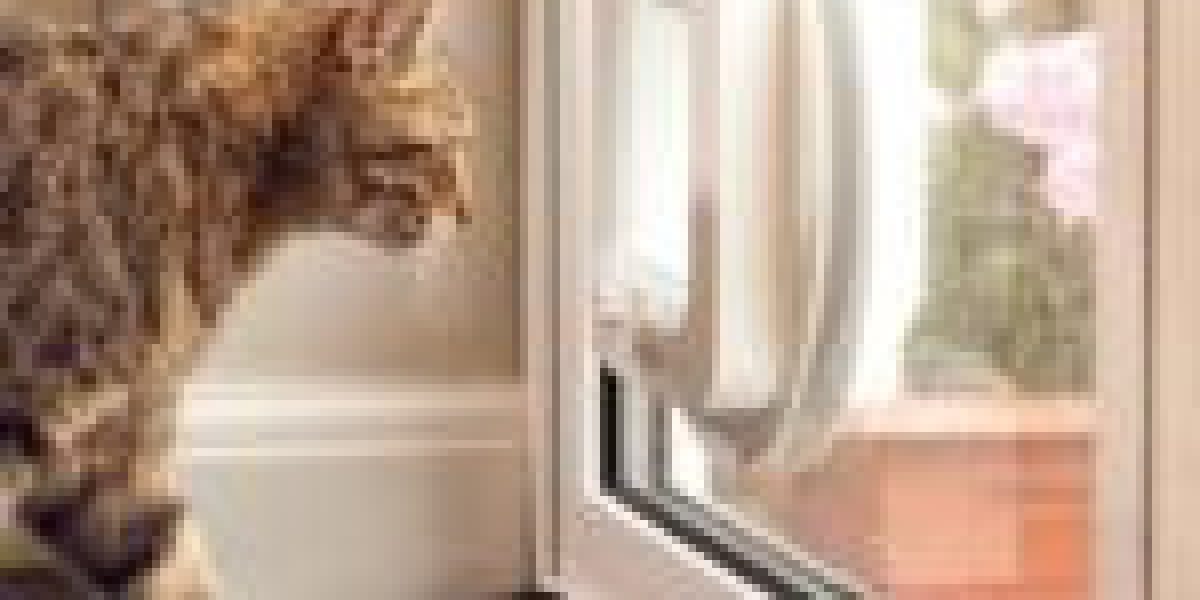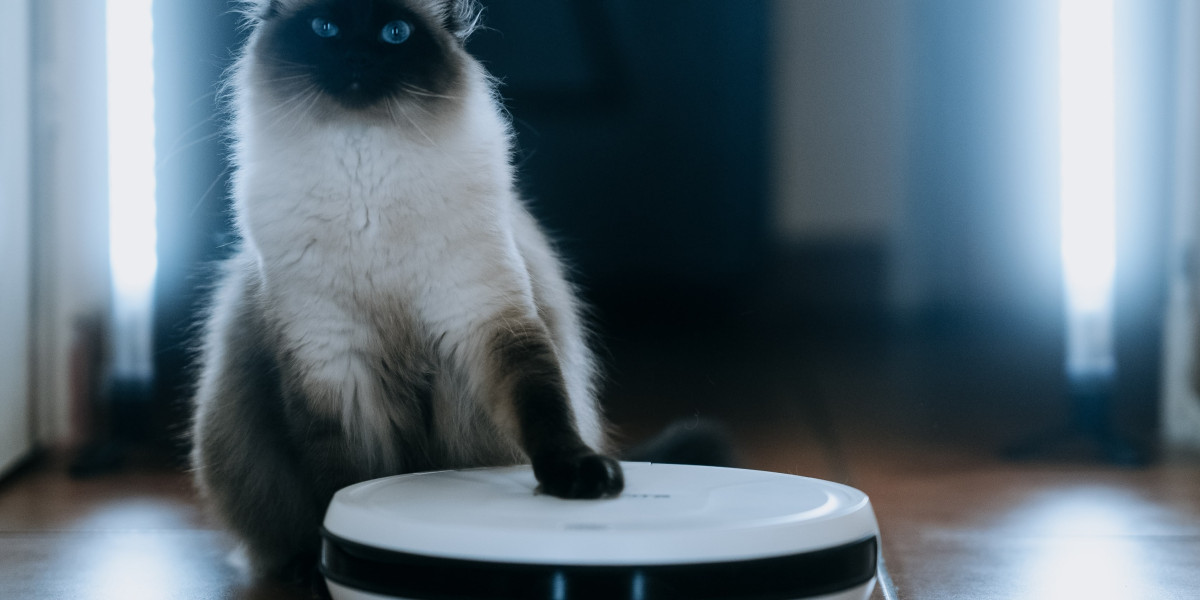The Purr-fect Solution: A Comprehensive Guide to Indoor Cat Door Installation

As any cat owner understands, supplying a safe and convenient method for felines to enter and leave the home can be a challenge. Standard doors frequently pose an issue, as they can be difficult for cats to open and close, and might even posture a risk of unintentional escape or injury. This is where indoor cat doors come in-- an easy, yet efficient option that enables your feline pal to come and go as they please, while keeping the convenience and security of your home.

In this article, we will look into the world of indoor cat door installation, checking out the advantages, types, and installation processes included. Whether you're a seasoned DIY enthusiast or an amateur homeowner, this comprehensive guide will provide you with all the details you require to develop a purr-fectly operating cat door for your feline companion.
Advantages of Indoor Cat Doors
Before we dive into the installation process, let's take an appearance at the benefits of indoor cat doors:
• Convenience: Indoor cat doors enable your cat to come and go as they please, getting rid of the requirement for continuous door opening and closing.• Energy Efficiency: By minimizing the number of times you need to open and close traditional doors, indoor cat doors can help lessen heat loss and gain, making your home more energy-efficient.• Safety: Indoor cat doors lower the danger of accidental escape or injury, as your cat can safely enter and leave your house without the danger of being trapped or struck by a closing door.• Reduced Stress: Indoor cat door for patio door doors can help decrease tension and anxiety in both cats and owners, as they eliminate the requirement for consistent door monitoring and produce a more serene living environment.
Types of Indoor Cat Doors
When it comes to indoor cat guardian door installation doors, there are numerous types to select from, each with its own distinct attributes and benefits:
- Magnetic Cat Doors: These doors utilize a magnetic closure system to keep the door shut, and are ideal for smaller sized felines and kittens.
- Spring-Loaded Cat Doors: These doors utilize a spring-loaded mechanism to keep the door shut, and appropriate for larger cats and multi-Cat door For interior door households.
- Electronic Cat Doors: These doors use sensors and motors to control access, and are ideal for tech-savvy owners who desire a state-of-the-art solution.
- Manual Cat Doors: These doors require manual opening and closing, and are ideal for owners who prefer a more traditional approach.
Installation Process
Setting up an indoor cat door is a reasonably uncomplicated process that requires some basic DIY abilities and tools. Here's a step-by-step guide to assist you get going:
Tools Needed:
- Drill and bits
- Screwdriver and screws
- Measuring tape
- Level
- Pencil and marker
- Shatterproof glass and a dust mask (optional)
Step 1: Choose the Perfect Location
When choosing the ideal location for your indoor cat door, consider the list below factors:
- Traffic: Choose an area with very little foot traffic to avoid mishaps and tension.
- Accessibility: Ensure the area is quickly available for your cat, and ideally near a food source or litter box.
- Environment: Avoid areas with severe temperature levels, wetness, or drafts.
Step 2: Measure and Mark the Door
Measure the width of your cat door and mark the center point on the wall or door frame. Utilize a level to ensure the mark is directly, and a pencil to draw a line along the length of the door.
Action 3: Cut Out the Door
Use a drill and bits to eliminate a hole for the cat door, following the producer's instructions for size and shape.
Step 4: Install the Door Frame
Set up the door frame, ensuring it is level and protect. Usage screws to attach the frame to the wall or door frame.
Step 5: Add the Door Panel
Connect the door panel to the frame, following the manufacturer's instructions for assembly and installation.
Action 6: Test the Door
Evaluate the door to ensure it is functioning appropriately, and make any essential modifications to the alignment or stress.
Regularly Asked Questions (FAQs)
Q: How do I pick the ideal size cat door for my pet?
A: Measure your cat's width and height to determine the ideal door size. Seek advice from the producer or a pet emergency door installation expert for guidance.
Q: How do I prevent drafts and moisture from getting in through the cat door?
A: Install a weatherproof seal or threshold to reduce drafts and wetness. Regularly tidy and keep the door to prevent damage.
Q: Can I install an indoor cat door in a load-bearing wall?
A: It is advised to avoid installing skilled cat flap installer doors in bearing walls, as this can jeopardize the structural integrity of your home. Consult with a professional if you're unsure.
Q: How do I keep other animals or insects from going into through the cat door?
A: Install a safe and secure locking system or utilize a magnetic closure system to avoid unwanted entry. Think about adding a screen or mesh to keep bugs and insects out.
Tips and Tricks:
• Add a ramp or step: Create a comfortable and safe entry point for your cat by including a ramp or step.• Use a soft-close system: Reduce noise and stress by setting up a soft-close system that slows the door's closure.• Regularly tidy and preserve the door: Keep your cat door in top condition by frequently cleaning and preserving the door and its parts.
In conclusion, setting up an indoor cat door is an easy and effective method to create a comfy and hassle-free living environment for your feline good friend. By following this extensive guide, you can create a purr-fectly operating cat door that satisfies your pet's needs and improves your home's comfort and security.






